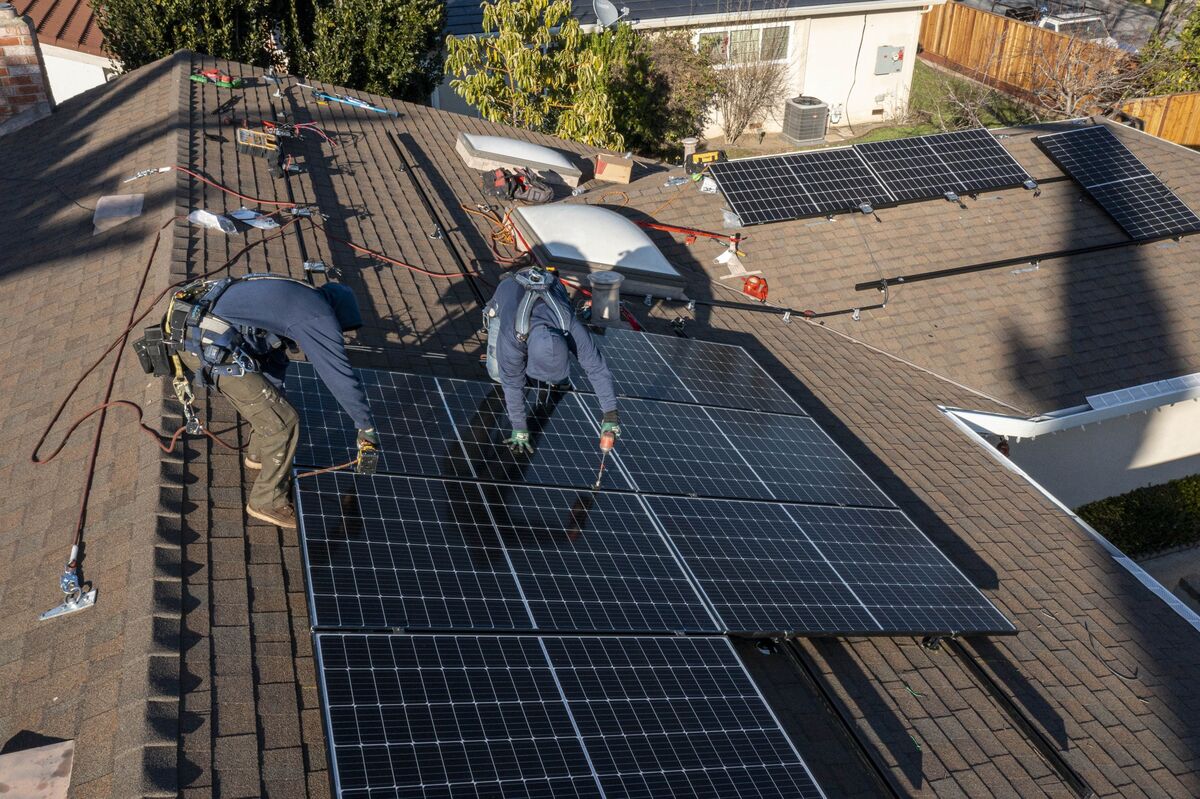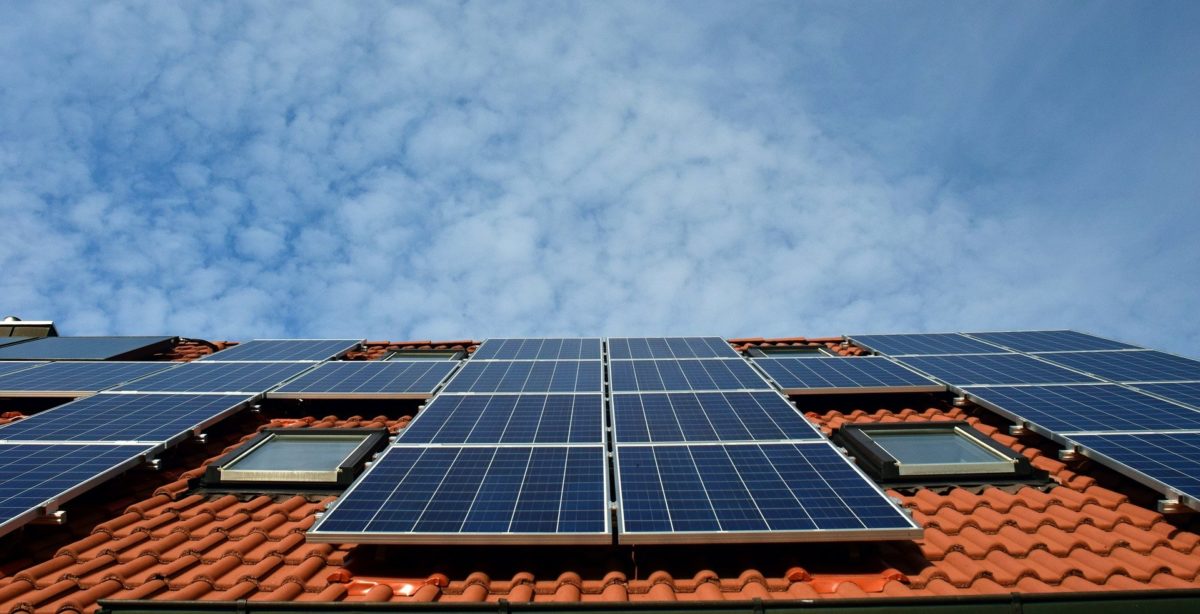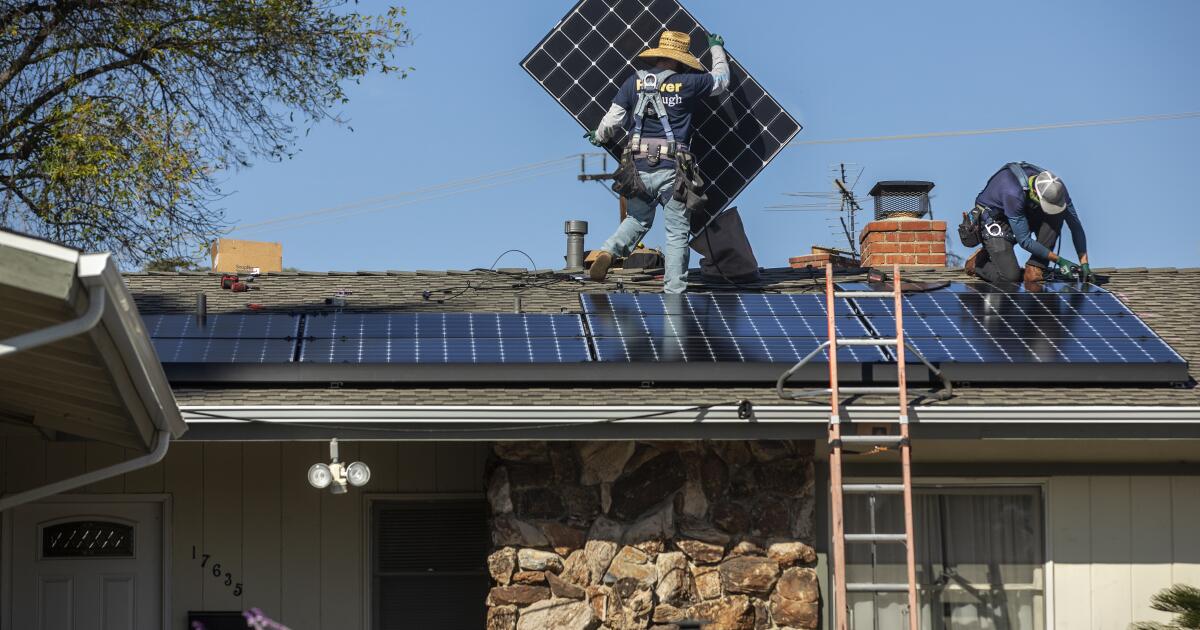Ok, so NEM 3.0 redefines the "Net" in Net Energy Metering. Now, the customer (I'm PGE) gets credit for $0.018/kWh for each kWh sold to the grid and buys back at retail rates overnight?
Doesn't sound very "net"...
They are also talking about changing to Net Monthly Billing (not sure whether NEM changes to NMB or NMM or not…).
So while I have not yet read the proposal in detail to be certain this is correct or not, the idea could be this:
On a monthly basis, if meter has run forward, you will be charged for net kWh consumed (beyond any Minimum Delivery Charges).
If meter has run backwards, you will be credited per kWh of generation based on the Avoided Cost calculation (which is pretty much what is done today on an annual basis).
So it is likely still ‘net’ but on a monthly rather than annual basis (and presumably only for new customers).
What about SDG&E? They get credited at $0/kWh?
That is the adder/juice to institute a ‘glide path’. That only impacts new customers. Terms for existing customers are pretty much not going to change.
I understand NEM2.0 isn't fair to the power co and supposedly other customer. I see it needed to change. I'd just like to understand the new program.
The new program means you will no longer be able to generate credits over summer months to offset consumption over winter months.
If you size your system to perfectly offset consumption over summer months, you’ll be paying for some electricity in Spring & Fall and alot of Electricity in Winter.
If you size your system to
perfectly offset consumption in Spring & Fall, you be a net generator over the summer but will only be credited for that over generation at ~25% the full retail rate NEM1.0 and NEM2.0 get. And then in winter, you’ll be a net consumer, but your generation credits ought to cover at least half the cost of your winter consumption (so this will likely be the most economically viable system to install).
And if you size your system to perfectly offset winter consumption, you won’t ever be paying anything other than Minimum Delivery Charges for electricity, but your more expensive system is not going to generate enough export credit over spring, summer, and fall to pay off your added cost on much under 10years.
For someone installing a system sized to cover all but Minimum Delivery Charge’s-worth of kWh in December, pretty much no impact at all.
For those installing a system sized to offset annual consumption (meaning slightly under the size needed to perfectly offset Spring & Fall consumption), their summer generation credit will no longer offset all winter consumption beyond Minimum Delivery Charge so they will be paying for some consumption over winter (unless they install a larger system).
And while I explained the simple example of checking the meter monthly, it is possible that they will be tracking generation seperately from consumption and only crediting Avoided Cost on all export, not merely Net Export.
Without that, there is less incentive for new installs to have a battery since daytime generation is credited at the same rate needed to offset overnight consumption (from grid).
If you do that. I agree with you, there is no longer any ‘Net’ in NEM3.0.
On the other hand, the shift to TOU billing already creates a motivation to have battery storage (and one which impacts legacy customers as well as new customers) so if they feel TOU is enough, they may stick to NEM on a monthly true-up basis (which is much cheaper and easier for them to implement).








